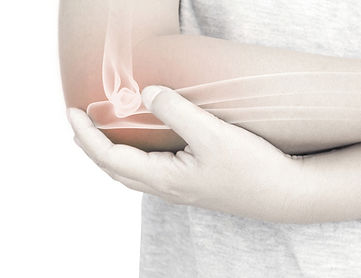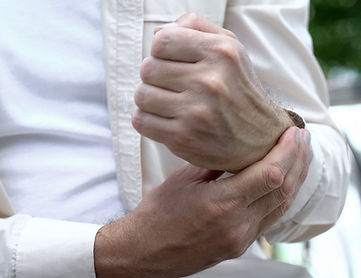Treatment of bone and skeleton pains
Choose a bone disease (or type of bone pain) you want to get rid of or push the button below and describe your affliction in the contact form at the bottom of this page
Low Bone Density, also known as osteopenia, is diagnosed when a person’s bone density is lower than average but not low enough to be considered osteoporosis.
Similar to osteoporosis, low bone density occurs when new bone growth does not keep pace with bone breakdown. It can be caused by a lack of calcium, smoking, or hormonal changes related to aging. There are usually no symptoms. Treatments include increasing intake of calcium and vitamin D, exercise, quitting smoking, and sometimes beginning medication prescribed for osteoporosis.

Osteoporosis is a weakening of the bones caused by new bone growth not keeping pace with the breakdown of bone in the body. Bones weakened by osteoporosis are more likely to fracture, especially in a fall. Osteoporosis is most commonly found in older women.
Women are particularly susceptible to osteoporosis after menopause, as they begin to more rapidly lose bone mass. It can be treated through both antiresorptive (slow rate of bone loss) and anabolic (increase bone growth) medications.


Fractures are breaks in the body’s bones, whether complete or partial. These breaks can be caused by trauma – such as a fall or a car accident – overuse (stress fractures) or disease. Primary symptoms of fractures are pain and loss of functionality. X-rays are the most common diagnostic tool.
Fractures can heal completely, although each case is different. Treatment involves setting the bone in place, sometimes through surgery, and immobilization. Physical therapy can help regain functionality once the bone has begun to heal.

Paget’s Disease is caused by new bone growth outpacing the body’s natural breakdown of bone. It results in weakened bones that are more likely to break and affects the legs, pelvis, spine, or skull. Usually only one area of the body is affected by Paget’s Disease.
Its cause is unknown, although it most often affects men of European descent. Drugs may slow the disease – typically bisphosphonates or calcitonin are used. Calcium and vitamin D supplements and exercise are also recommended.

Bone Pain is a deep, aching pain in bones that is constantly present, regardless of motion. It is often a sign of a serious condition. Bone pain can be caused by injury, mineral deficiency, infection, cancer or leukemia.
Symptoms depend on the cause, and treatment usually depends on the underlying cause. Antibiotics can treat an infection; corticosteroids can reduce inflammation; analgesics can be prescribed to manage pain. Surgery may be necessary in some cases, especially for fractures.

